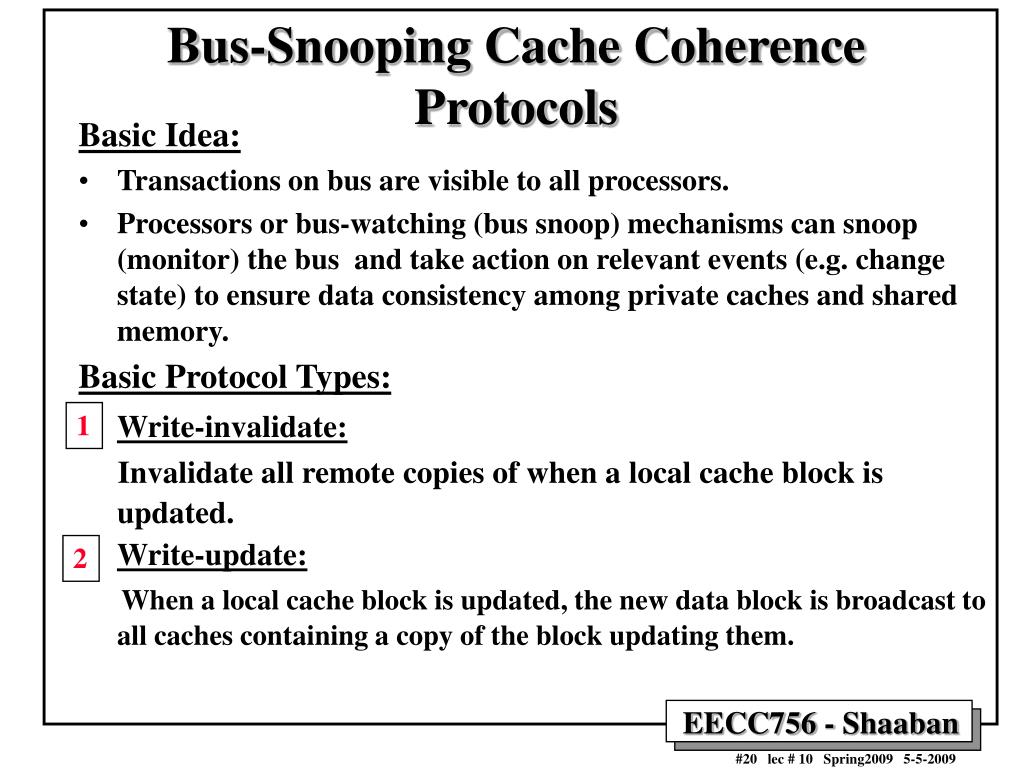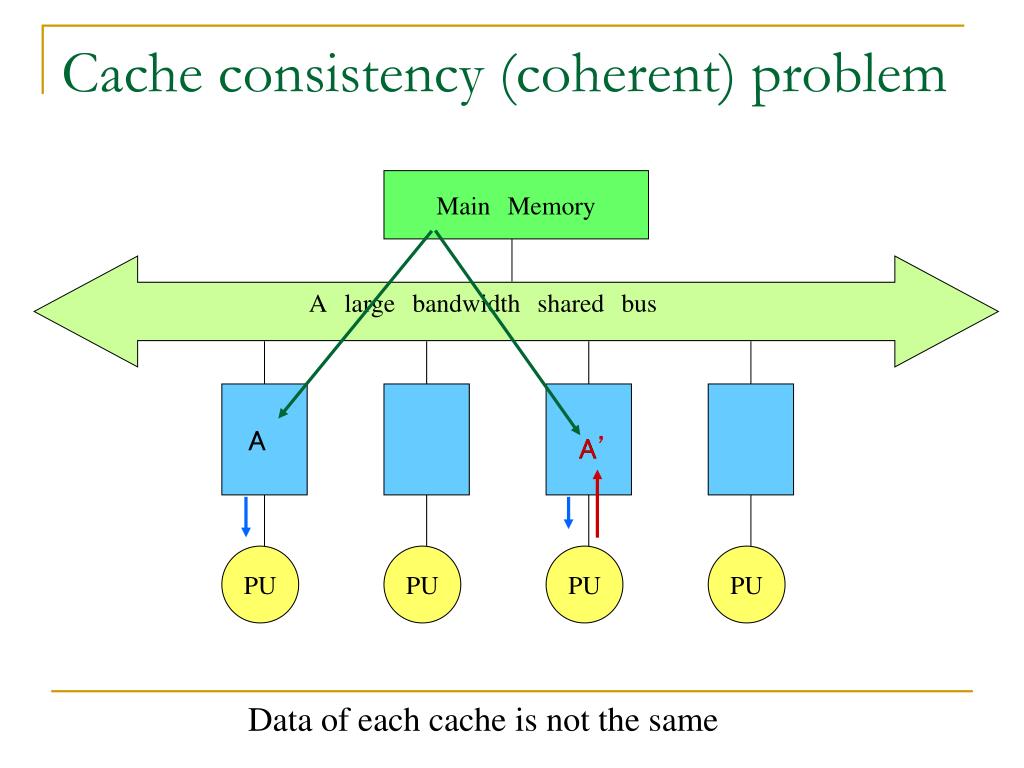

The World Wide Web operates based on the Hypertext Transfer Protocol which outlines the syntax for all communications between clients and servers. HTTP headers are a set of parameters that contain additional information about the communication between a client and a server. The TTL for each browser and server is specified in the HTTP headers. If you load the page after the TTL has expired, the browser will have to place another request to the web server and receive a fresh copy of the resource. There is a set time frame, known as Time to Live (TTL) beyond which the cached resource will expire from the local files.

The browser cache does not store the files for an indefinite period of time though. Instead it is loading the image from your local files. This is because the browser is not requesting the image again from the web server.

The next time you visit the page, you will notice that the page loads faster and latency is reduced. The first time you load the page, the image gets saved in your browser cache. You can see it in action when you load a web page with a background image for example. What is Browser Caching?īrowser caching is the process by which a web browser saves website resources in order to load them quickly during the next client request. Cache-Control specifies when and how a response should be cached and for how long. This means that when the browser has to receive these files again, it doesn’t need to make a request to the web server again. When a client makes a request to the server, the browser can cache, or store copies of resources for faster access and lower latency. HTTP headers are elements or parameters in this format that include additional information to make the HTTP transaction go smooth.Ĭache-Control is a HTTP cache header that contains a set of parameters to define the browser’s caching policies in the client requests and server responses. The user is the client, who sends a request to a web server (say in the form of a URL) and the web server responds (with a web page). Since the release of HTTP/1.1 in 1997, there were few changes to the protool until HTTP/2 was released in 2015.īoth HTTP/1.1 and HTTP/2 include a number of elements intended to make caching work as well as possible. This is a protocol that dictates the standard of communication on the internet. When a user browses the internet, the communication follows what is called the Hyper Text Transfer Protocol (HTTP) format. Without cache-control, the browser caching and the resulting experience for the user will be sub-optimal. Resources such as documents only available for one particular user or authorized users.Cache-control is an important way by which developers can dictate how resources will be cached when a user browses the internet.Can only be used by one user/client, such as personal information on a web site (for authorized users).When to use public cache, private cache, or no cache It can even be appropriate for encrypted documents to be so cached (though this requires one to be very sure as to the security of the cache itself, and so is generally not done). anything which can only be seen by authorized users or which changes its representation depending upon who is looking at it). With some representations it may not be appropriate for public caches to cache them or to return those representations without re-validating them but perfectly acceptable for private caches to do so (e.g.As such, you can rely upon the presence of at least one cache being involved in almost everything you do on the web. Almost every client on the visible web (that is, browsers, RSS readers, and other interactive user agents) and a very large number of those on the machine-only parts of the web (that is, spiders and clients of web services) use a private cache of some sort.They offer immense benefits to the user of that one client.Private caches do not offer quite as much scalability as public caches, but they do have certain important advantages over public caches: Generally this applies only to a cache maintained by that client itself, though if you had a proxy that was only being used by one client it would be possible to configure it to act as a private cache. As such, it gives a greater performance gain and a much greater scalability gain, as a user may receive cached copies of representations without ever having obtained a copy directly from the origin server.Ī private cache is only used by one client, only for the IP it was created for. A public, or “shared” cache is used by more than one client.


 0 kommentar(er)
0 kommentar(er)
